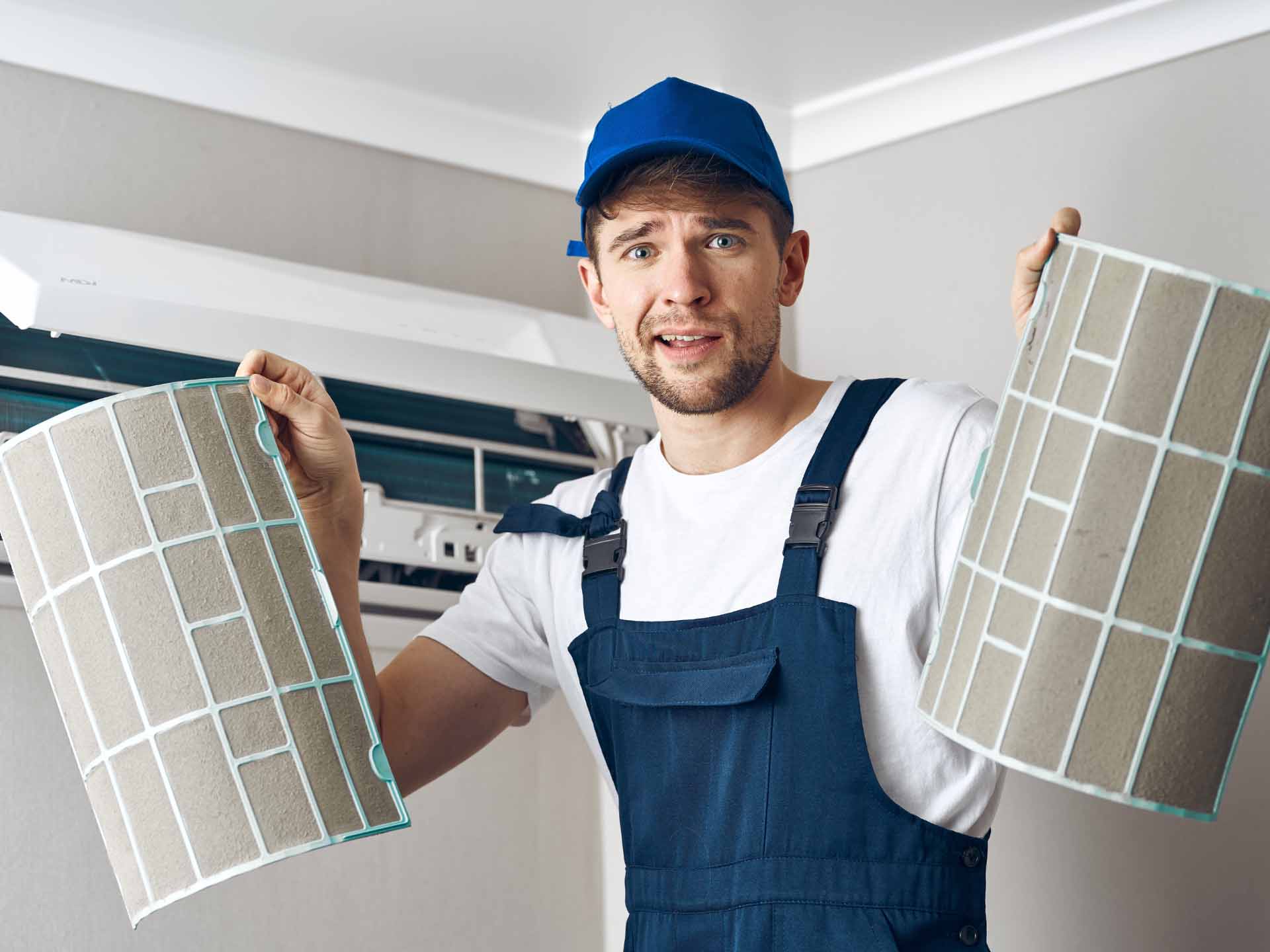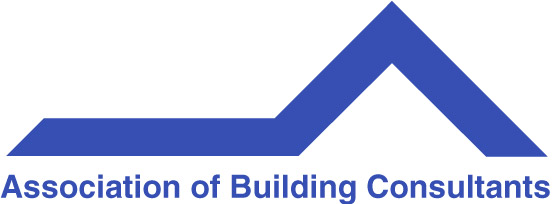Air-conditioning top tips

With a growing number of people working away from the office for the immediate future, being comfortable at home is now more important then ever. With heating and cooling costs estimated to account for about 40% of a home’s energy use it’s also important to have energy-efficient options that provide cool comfort without the hip-pocket pain.
Horses for courses
Typically, home cooling options are evaporative cooling, refrigerated air-conditioning and ducted reverse cycle. Technology has changed at such a rapid rate that it can be difficult to keep up. For example, evaporative coolers of old that struggled in humid conditions have been replaced by state-of the art technology that offers air temperature that is comparable with refrigerated options but has significantly less running costs. Broaden your mind and assess all the latest options when out shopping.
Home security
For those with an evaporative air-conditioner the only night-time security option until recently was security screens on doors and windows to allow air to pass through but prevent entry to a home. Nowadays, security vents or ducts can be installed that exhaust the air from the building without the need for a window or door to be open.
Energy efficiency
A Canstar survey in 2017 found 69% of people know air-conditioning is the largest impact on their power bills, but they still opt for power guzzlers. A ducted whole-house reverse cycle air-conditioning system is the most expensive option to cool a home. The good news is that there are now market-leading evaporative air-conditioners that offer comparable cooling comfort levels as refrigerated models, but with far superior evaporative energy efficiency.
Appearance
Urban infill means we are living closer to neighbours than ever, so look for a cooling option that enhances your investment. A reverse cycle air-conditioner typically has the cooling unit installed at ground level at the rear or side of a property. Compact evaporative options are available in modern roof colours and can be placed on different angled roofs from a 10 degree pitch up to 40 degrees, while still remaining flush.
Breathe easier
There are many known health symptoms associated with poor air quality such as flu, fatigue, congested airways and sore throat. Poor air quality can occur because there is an unhealthy amount of carbon dioxide in the air caused by inadequate ventilation, irregular maintenance of filters, and indoor pollutants such as formaldehyde found in furniture, synthetic fibres, paper and plastics. Look for an option that delivers constant fresh, filtered air into your home.
Allergies
An estimated 20% of Australians have some type of allergy, and asthma impacts on 10% of the population. With most people spending about 90% of our time indoors, it’s little wonder that poorly ventilated homes and offices are leading to allergenic and respiratory problems. There are cooling options on the market right now that deliver fresh filtered air without spreading allergens.








